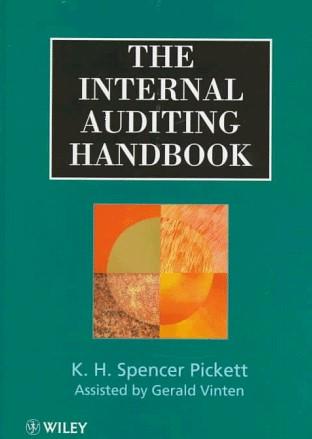Answered step by step
Verified Expert Solution
Question
1 Approved Answer
Units Unit Cost Total Cost Balance at 1/1 4,000 $10.00 $40,000 Purchase 1/5 6,000 10.20 $61,200 Sales: 1/8 7,500 Purchases 1/28 10,000 10.30 $103,000 Sales:

Units Unit Cost Total Cost Balance at 1/1 4,000 $10.00 $40,000 Purchase 1/5 6,000 10.20 $61,200 Sales: 1/8 7,500 Purchases 1/28 10,000 10.30 $103,000 Sales: 1/30 10,500 Ending Inventory 1/31 2,000 Select all correct statements below, incorrect choices are penalized. Do not round when computing the moving average and round Inventory & Cost of Goods Sold to whole dollars. Ending inventory at January 31, using the perpetual moving-average inventory method equals $20,528. Ending inventory at January 31, using the perpetual moving average inventory method equals $20,000. Ending inventory at January 31, using the perpetual moving-average inventory method equals $20,600. Ending inventory at January 31, using the perpetual moving-average inventory method equals $20,420. The COST OF GOODS SOLD on, using the perpetual moving-average inventory method equals $183,672. The COST OF GOODS SOLD on, using the perpetual moving-average inventory method equals $ 184,200. The COST OF GOODS SOLD on, using the perpetual moving-average inventory method equals $ 183,600. The COST OF GOODS SOLD on, using the perpetual moving average inventory method equals $ 183,780
Step by Step Solution
There are 3 Steps involved in it
Step: 1

Get Instant Access to Expert-Tailored Solutions
See step-by-step solutions with expert insights and AI powered tools for academic success
Step: 2

Step: 3

Ace Your Homework with AI
Get the answers you need in no time with our AI-driven, step-by-step assistance
Get Started


